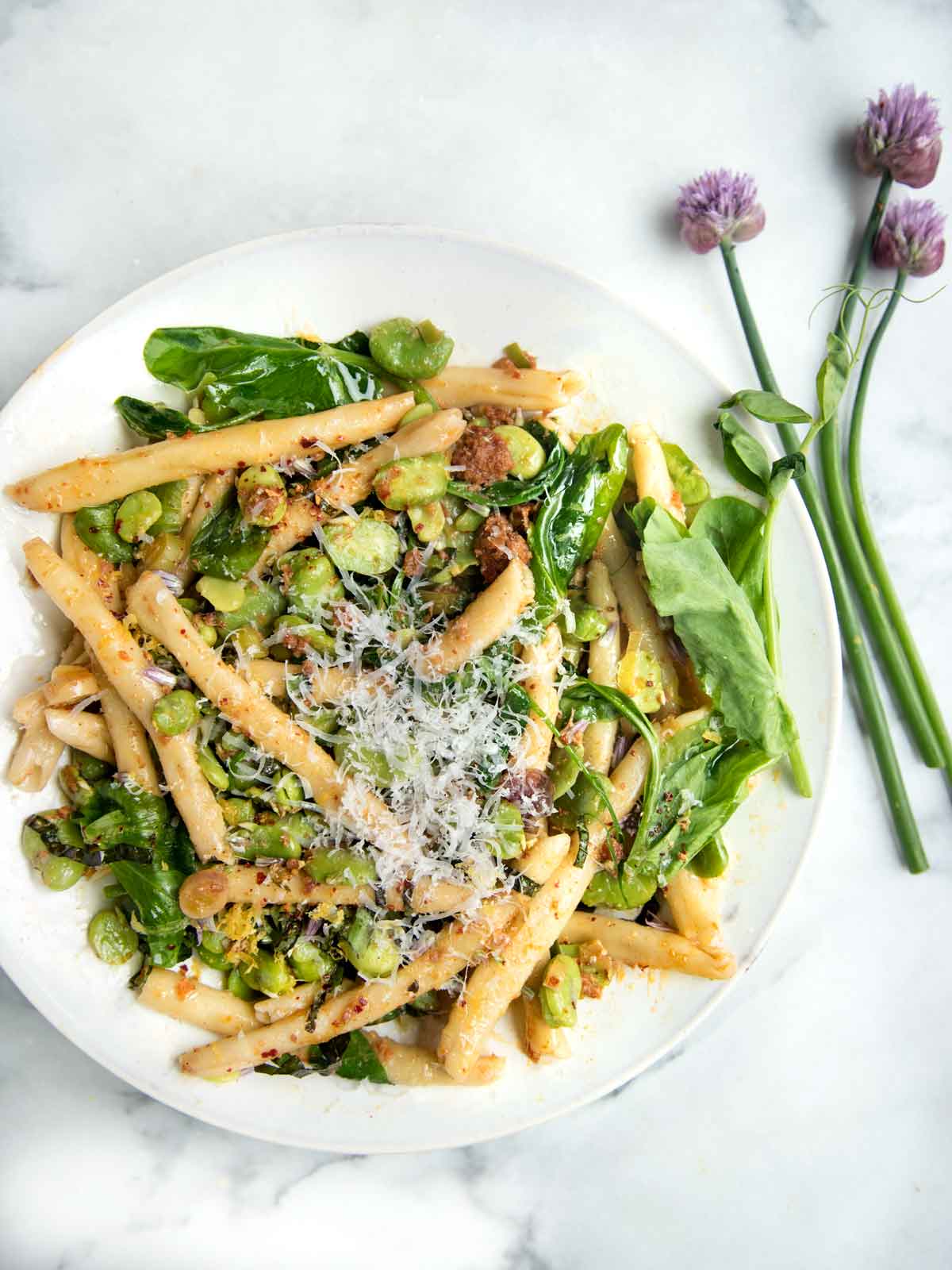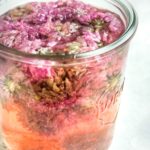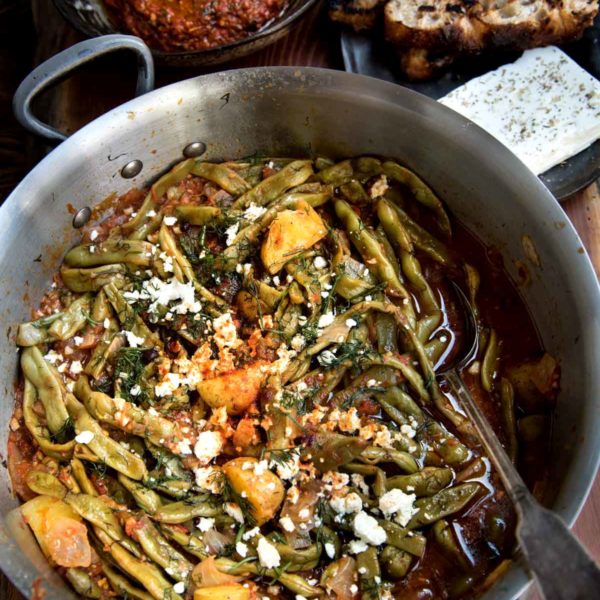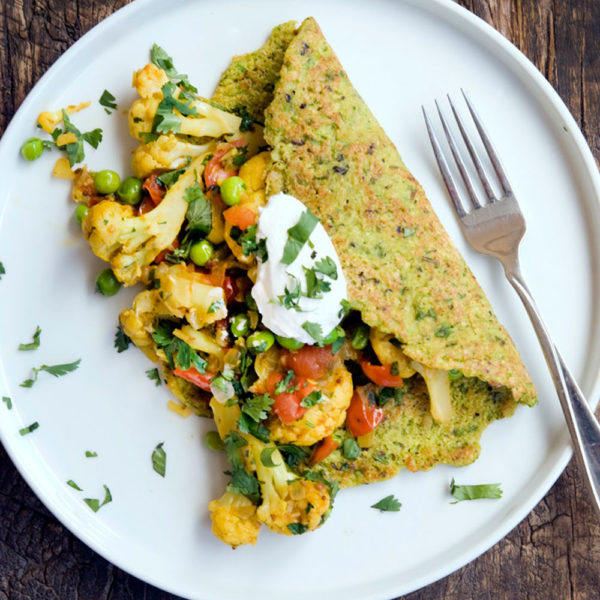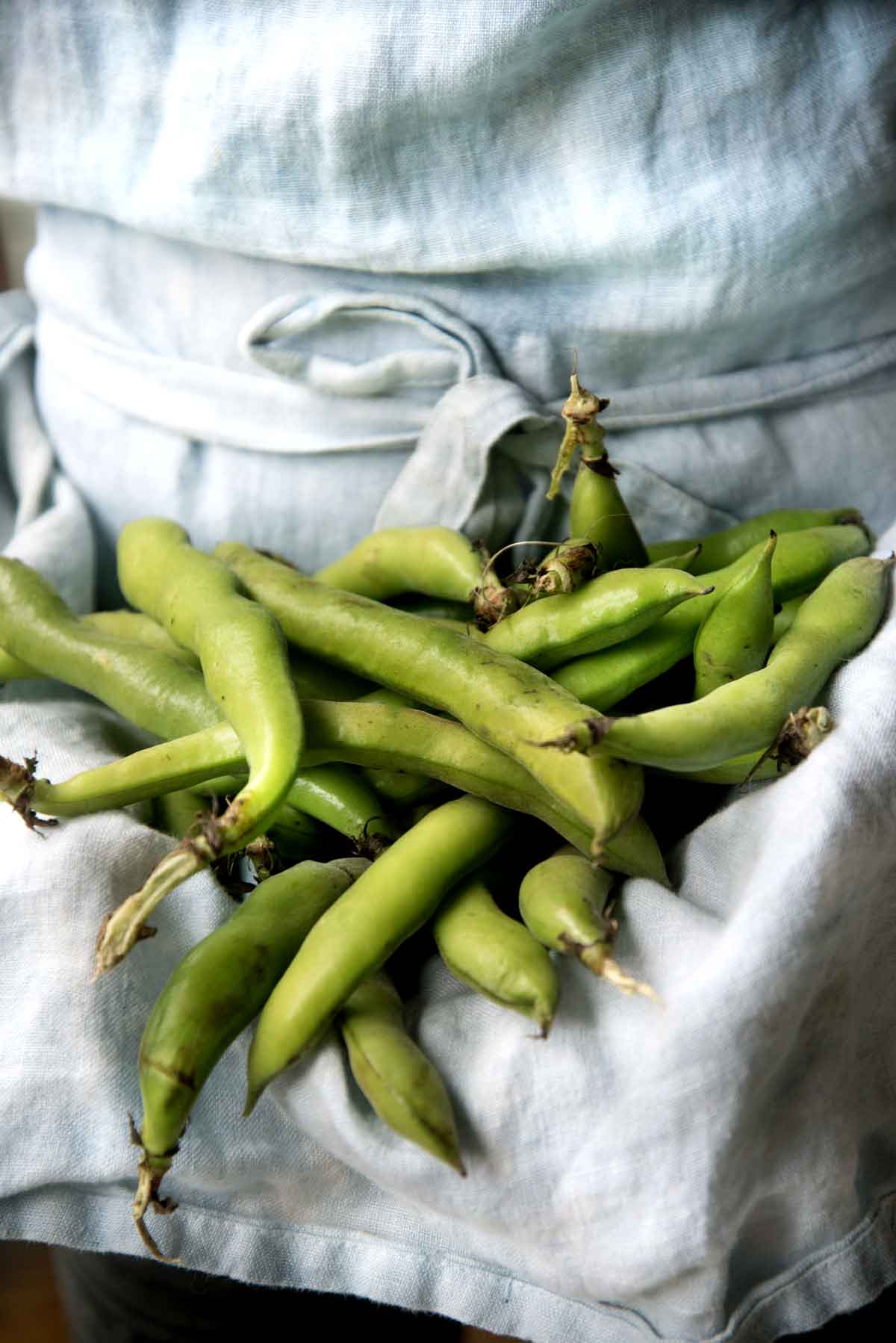
In the past few years, around this time, I’ve developed a bit of a ritual — my annual pasta to celebrate the spring season. Essentially, my spring favorites, anything from peas to fava beans, artichokes, asparagus, ramps, green garlic, chives/chive blossoms, and/or spring herbs tossed with my favorite pasta shape. Sometimes pasta from scratch, sometimes pasta from a box.
Here are a few recipes from over the years:
Rye noodles with mushrooms, green garlic and chive blossoms (2017)
Ramp pesto pasta (2017)
Stinging nettle pasta with crab (2016)
Spelt orecchiette with spring peas (2015)
Orecchiette with snow peas, asparagus and arugula-mint pesto (2014)
Preserved lemons with crispy artichokes and spinach (2014)
Pasta salad with lemon-miso-ginger dressing (2011)
While it’s a tad early for fava beans in my neck of the woods, I nonetheless snatched up a few pounds from my local grocer. Fava beans are one of my favorite vegetables and I’ve sung their praises in past posts.
Today, I’ve paired the fava beans with some local pea shoots, fresh herbs (mint, basil), young, tender, green garlic, chive blossoms, along with some calabrian chile flakes, grated Pecorino, lemon zest, ‘nduja (a spicy Calabrian-style spreadable pork) and, lastly, homemade maccheroni. Tastes like spring in a bowl, Southern Italian-style.
The maccheroni — pasta al ferretto maccheroni — took a bit of practice, but I think I finally got the hang of it. The pasta rod you see in the photos below is known as a “ferretto”, a useful tool for making a homemade pasta typical of Calabria, known as fusilli or maccheroni.
The key was getting the dough to the right consistency; not too dry, but not too wet such that it sticks to the ferretto. The pasta dough is made from semolina/semola (rimacinata di grano duro) + water, and a pinch of sea salt.
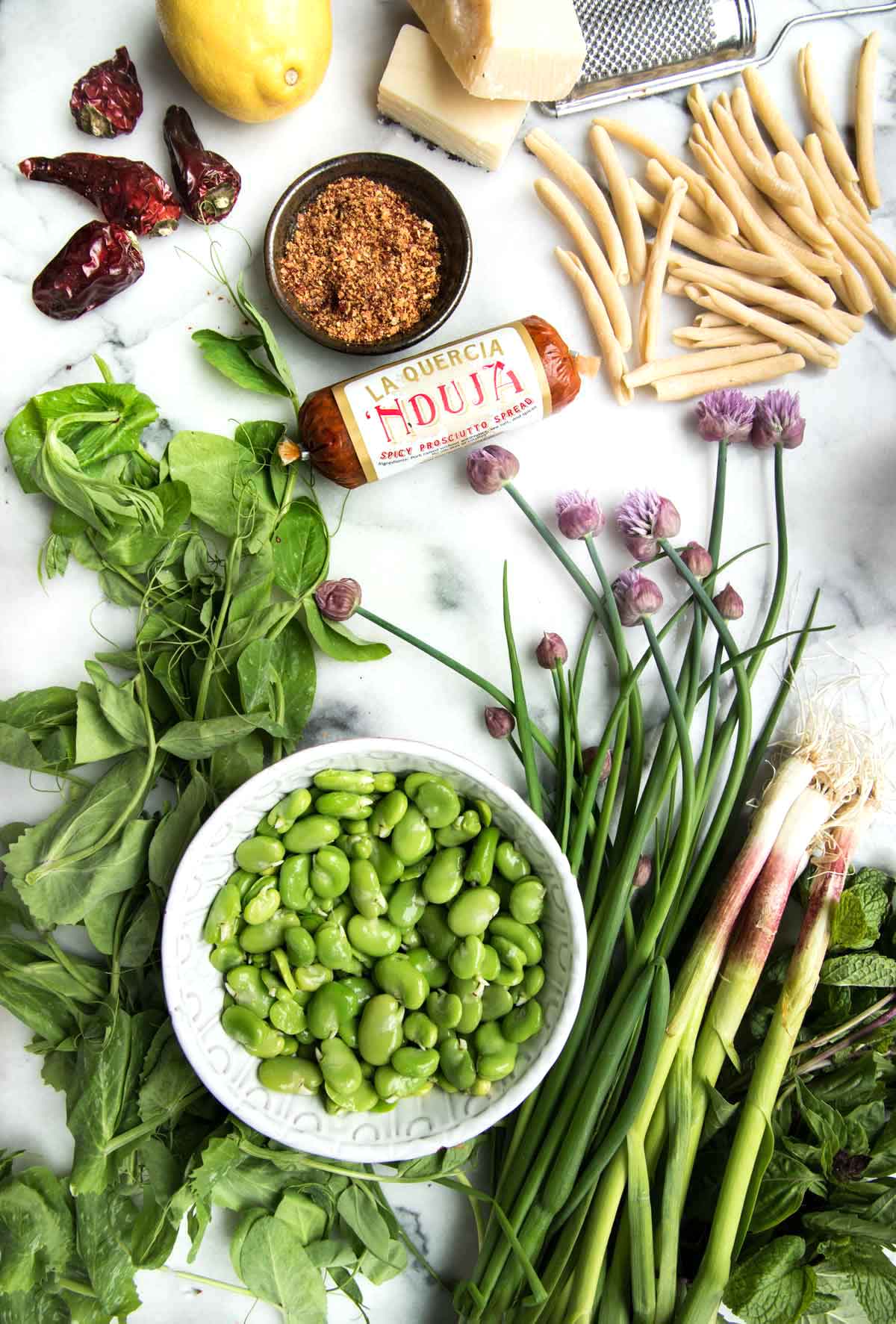
To form the pasta al ferretto maccheroni…
I cut off a piece of dough and rolled it into a long, thin rope, then roughly cut the rope into 1-inch long pieces. Thereafter, each piece is rolled around the ferretto until it forms a long, thin cylindrical shape/maccheroni. The tricky part is sliding the pasta off of the ferretto. Practice makes perfect (not so perfectly-shaped maccheroni tastes good too).
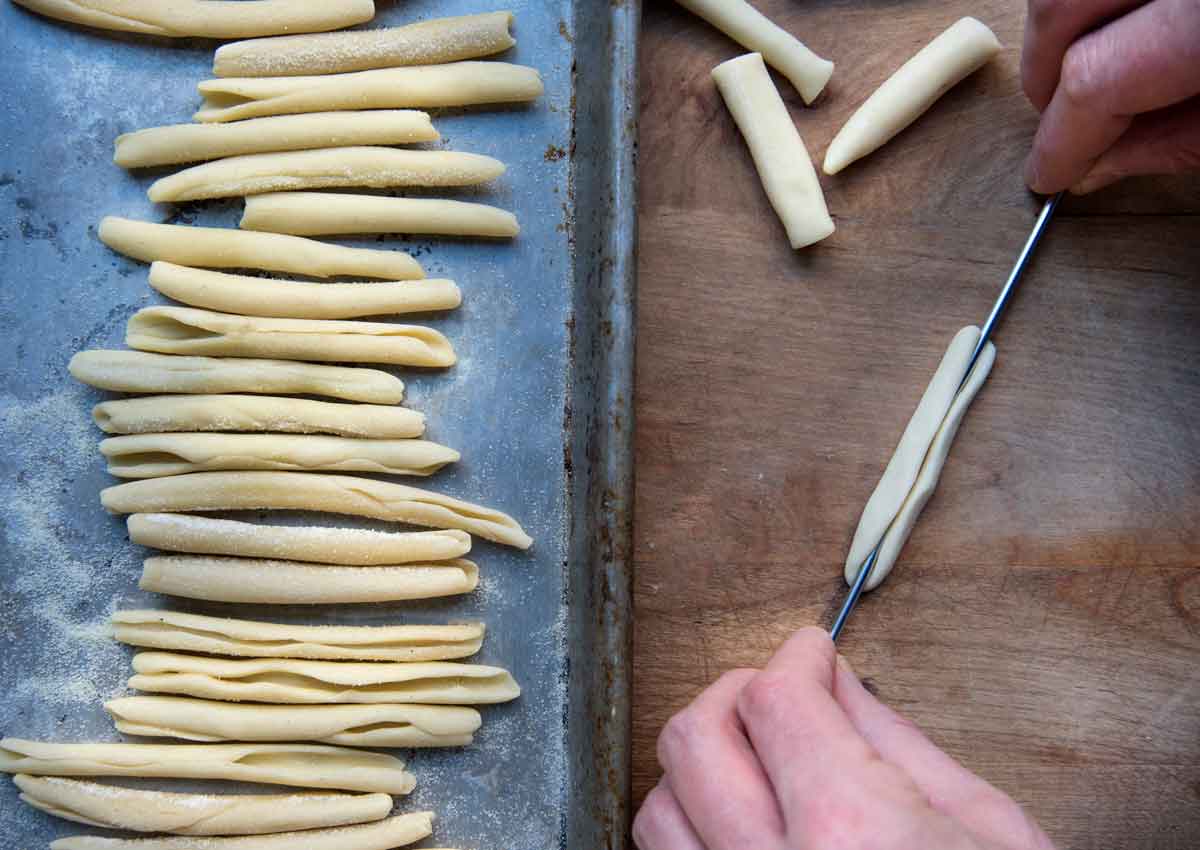
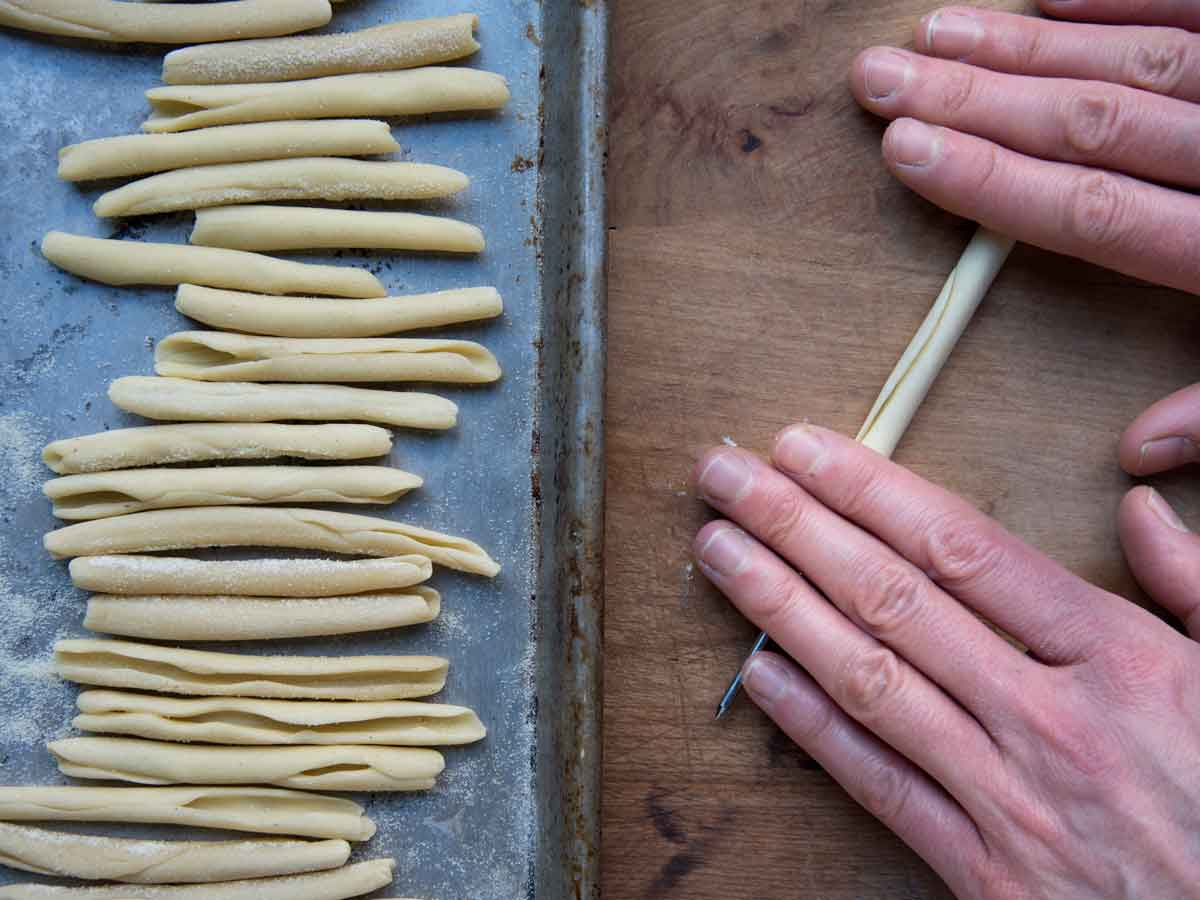
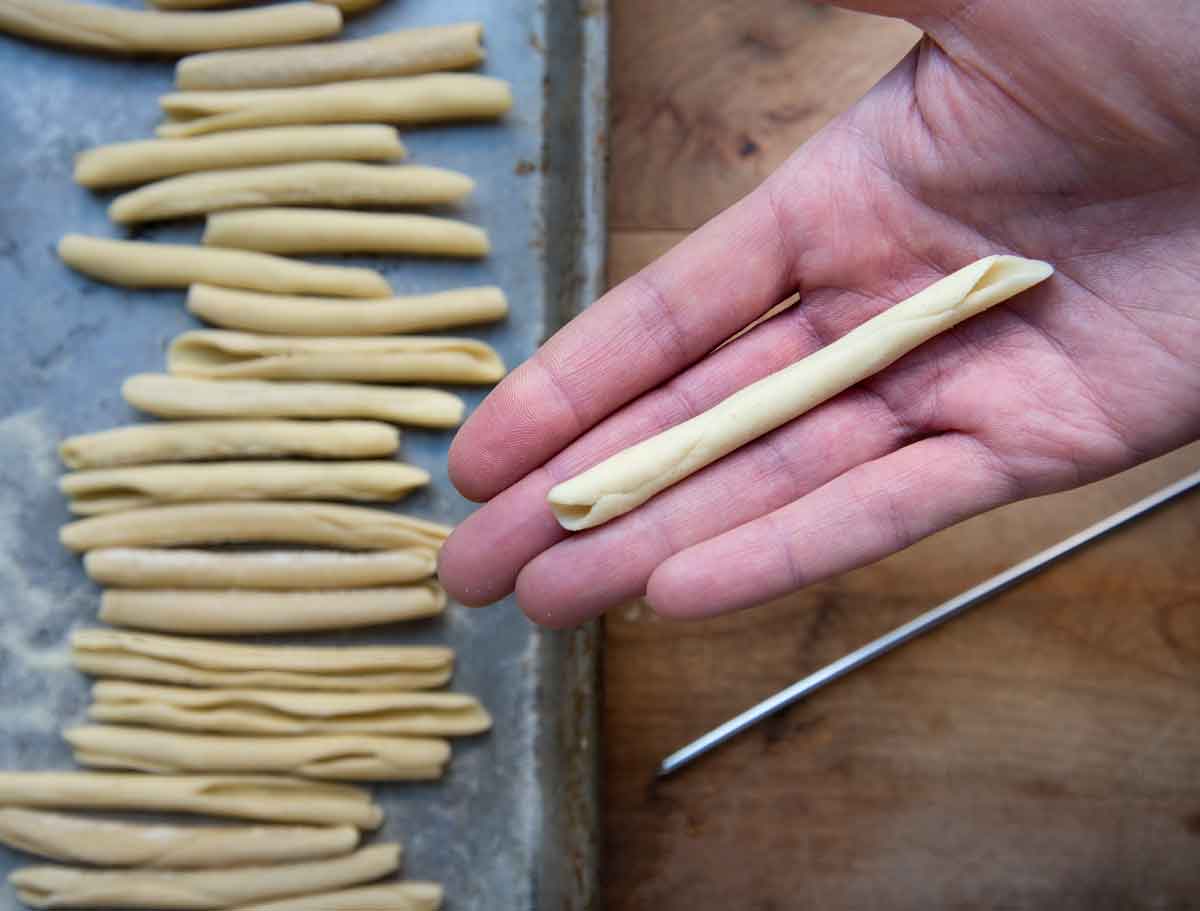
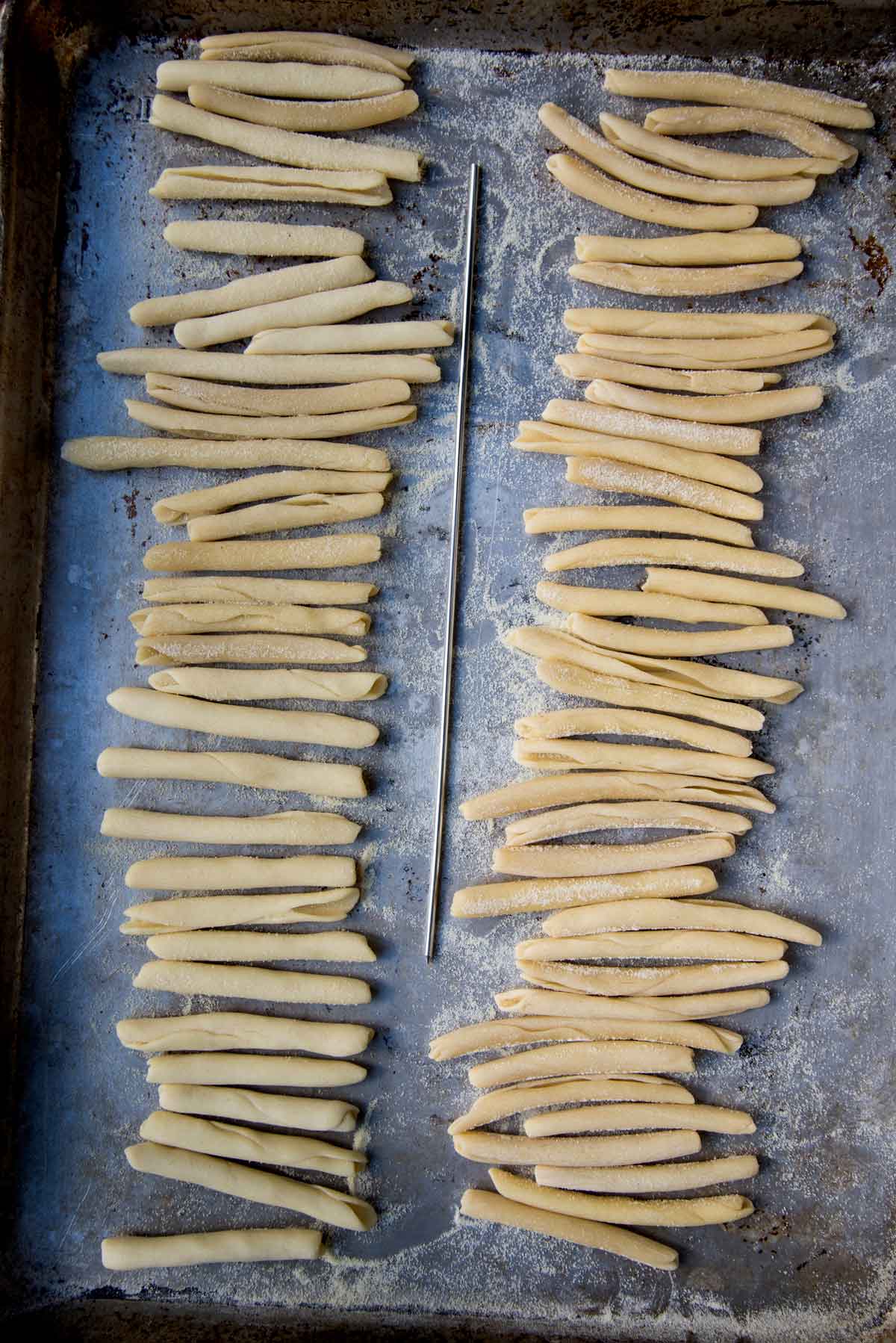
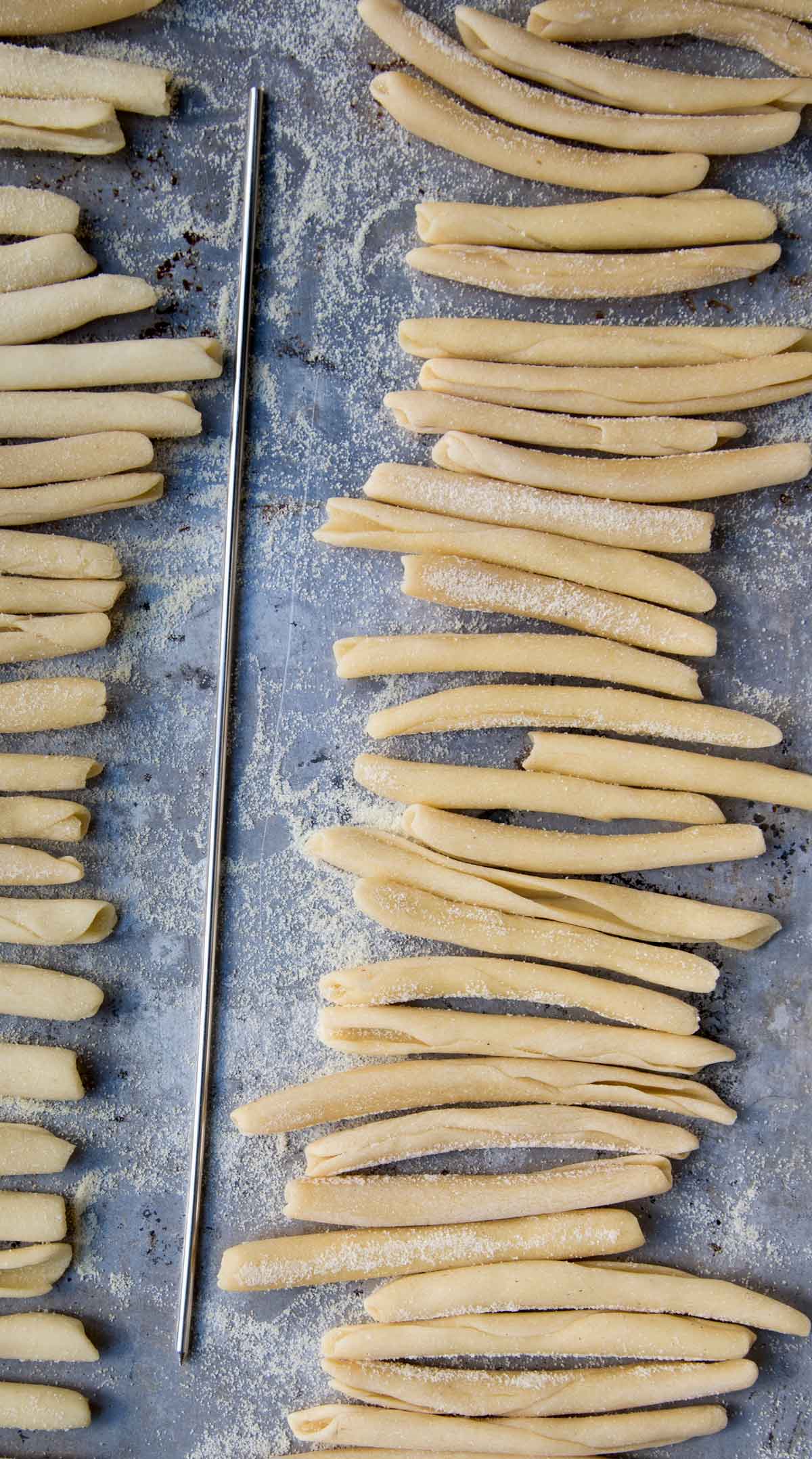
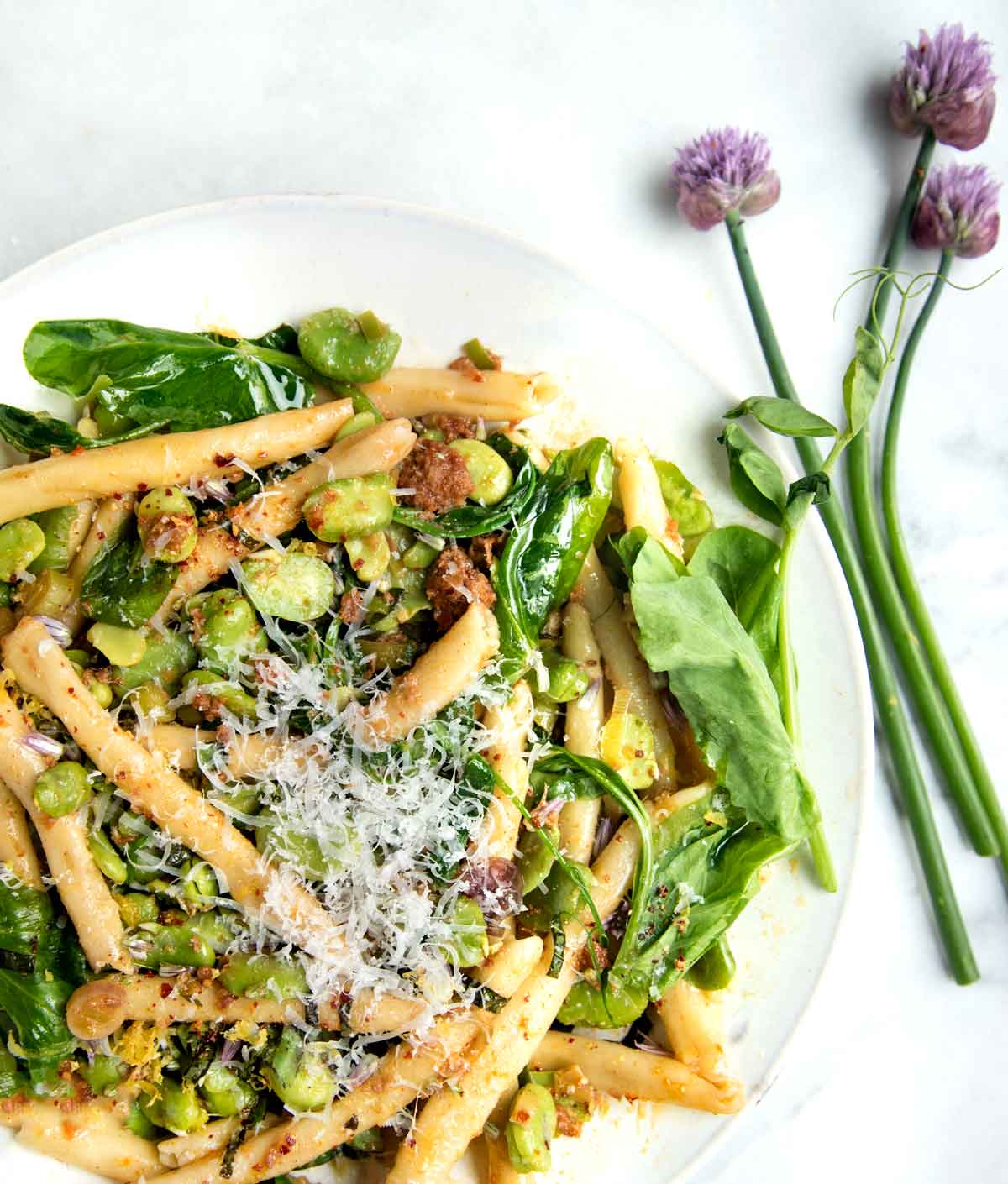
Pasta with Fava, Herbs, Pea Shoots and ‘Nduja
Olive oil
2-3 garlic cloves or green garlic, thinly sliced
Red pepper flakes
2 pounds fava beans, shelled
splash of dry white wine or pasta water
8 ounces homemade maccheroni (1/2 batch from recipe below)
2 ounce ‘nduja (more if you like)
Handful of pea shoots (optional)
Fresh mint, chopped
Fresh basil, chopped
Freshly grated Pecorino
Lemon zest
Bring a pot of salted water to a boil.
Heat 1 to 2 tablespoons oil in a skillet. Add the garlic or green garlic and pinch of chile flakes and sauté until tender, 1 minute. Add the shelled fava beans. Add a splash of dry white wine. Drop the pasta into the boiling water. Cook until al dente. Fresh pasta should take just a few minutes.
Add the cooked maccheroni and scatter the ‘nduja around skillet. Swirl to combine. Add the pea shoots and fresh herbs and toss. Divide amongst bowls. Top with grated Pecorino and lemon zest.
Semolina Pasta Dough
Makes about 3/4 pound pasta
2 cups semolina/semola (rimacinata di grano duro)
Large pinch of sea salt
About 3/4 cup lukewarm water
Combine the flour and salt. Mound the flour and make a well in the middle. Add the water to the well.
Slowly begin to incorporate the flour walls into the well. Continue mixing the flour with the eggs until you have a shaggy, solid mass
At this point, using your hands, start folding and forming the dough, incorporating the rest of the flour until you have a stiff, solid mass (removing any dry clumps of flour).
Knead the dough for about 5 to 8 minutes. Drive the heel of your hand into the dough, rotate the dough 45 degrees, and repeat until the dough is firm and bouncy and has a smooth, silken texture. Wrap the dough in plastic and allow it to rest for 30 minutes.
Sprinkle baking sheet with a dusting of semolina. Cut off a piece of dough. Keep the rest of the dough wrapped in plastic wrap to prevent it from drying out. Roll out the piece of dough to form a thin rope, about a thumb’s width. Cut the rope into roughly 1-inch long pieces.
Place the ferrotto on top of one piece of dough and press down. With the palm of hour hand, roll the dough back in forth until if forms a long, cylindrical maccheroni (as pictured above). Slide the maccheroni off of the ferrotto, place on the baking sheet and repeat.
.
